Welcome to the captivating world of archaeology, where ancient mysteries are waiting to be unraveled. Have you ever questioned how carefully archaeologists uncover the past and “how do archaeologists know where to dig?” and how they carefully bring the past to light?
In this article, we’ll take you on a journey through the methods and considerations archaeologists use to locate and select sites for excavation, providing insights into the intriguing realm of archaeological discovery and know fully that How Do Archaeologists Decide Where to Dig ?

Introduction: “How Do Archaeologists Decide Where to Dig?”
Archaeology is like being a time traveler, venturing into the past to understand how ancient civilizations lived, interacted, and thrived. That’s precisely what archaeology is all about! It involves the scientific investigation of artefacts, structures, and other physical remains left by our ancestors in order to understand human history and prehistory. Archaeology helps us connect with our past, revealing the diverse tapestry of human culture and evolution over time.
Why Do Archaeologists Dig?
The fascination with our human heritage drives archaeologists to dig beneath the surface and unveil the secrets buried over millennia. By carefully excavating artifacts and remains, they can piece together the stories of ancient societies, shedding light on their daily lives, beliefs, and interactions. Each discovery contributes to a richer understanding of our collective past.
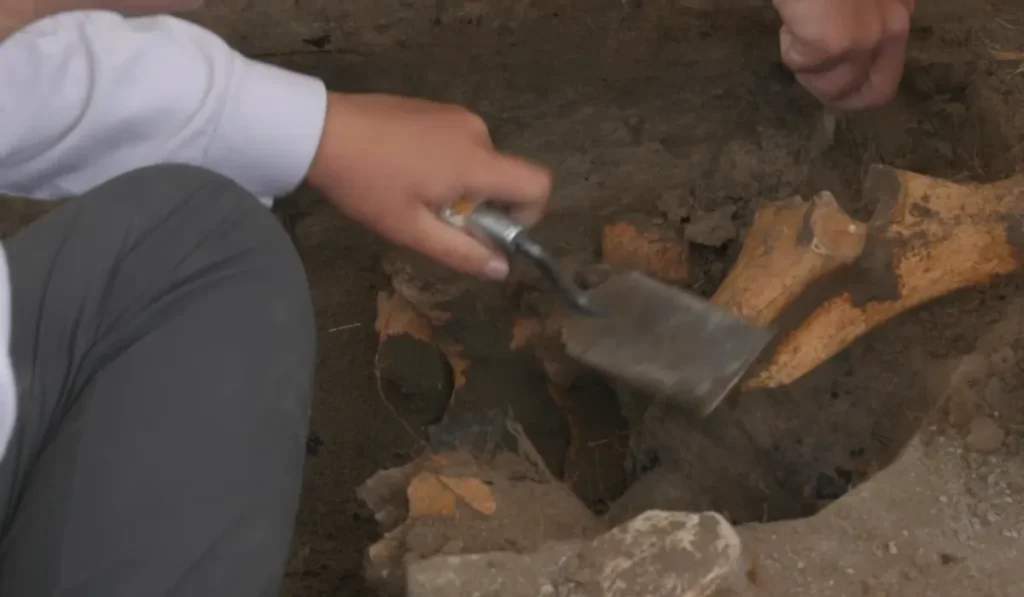
How Do Archaeologists Know Where to Dig?
The process of locating and selecting archaeological sites involves various methods and considerations. Let’s explore the question of “How do archaeologists know where to dig?” step by step:
Methods for Locating Archaeological Sites
Surface Survey
One of the primary methods used by archaeologists is the surface survey. This involves physically walking over an area of interest and meticulously searching for surface artifacts like pottery shards, stone tools, and animal bones. By examining these surface remains, archaeologists can gain insights into potential subsurface features and historical activities.
Each artifact unearthed during a surface survey carries its own significance. Pottery shards, for instance, can reveal details about ancient pottery-making techniques, trade patterns, and cultural exchange. The shape and design of tools and weapons provide clues about the skills and technological prowess of past societies. Meanwhile, human and animal remains shed light on ancient diets, burial practices, and health conditions, giving you a glimpse into the lives of our ancestors.
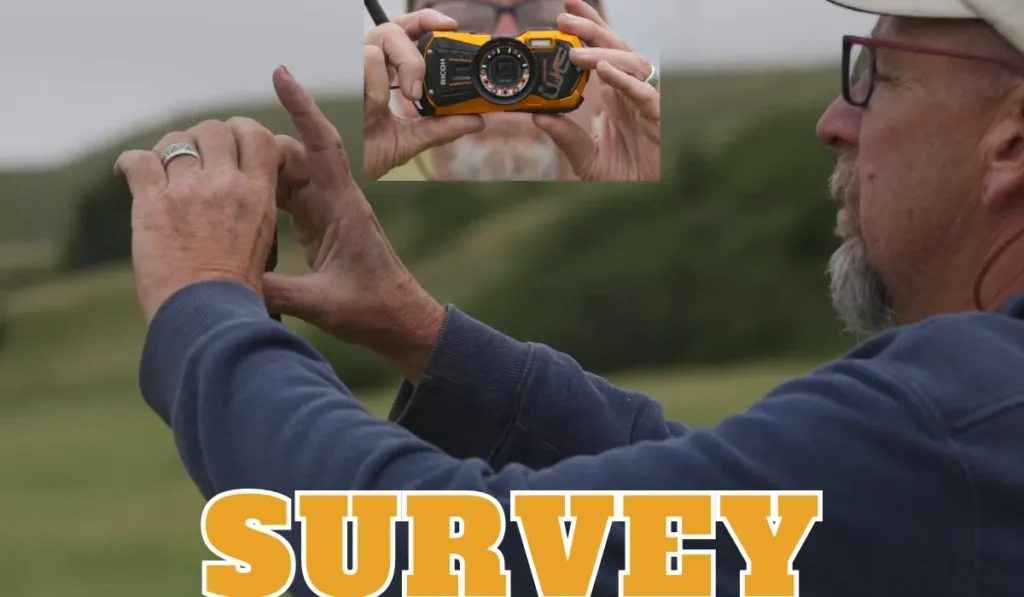
Remote Sensing
With advancements in technology, archaeologists now employ remote sensing techniques to detect buried features without extensive excavation. Satellite imagery, aerial photography, and ground-penetrating radar are some of the tools used in remote sensing. These technologies allow archaeologists to visualize hidden structures and landscapes, saving time and effort while preserving delicate sites.
You’ll witness how satellite imagery, obtained from various space missions, identifies potential sites from a bird’s-eye view. Aerial photography, captured from aircraft, offers detailed views of large areas, making it easier to spot anomalies indicating ancient structures or landscapes.
With ground-penetrating radar (GPR), archaeologists will send radar pulses into the soil and analyze the signals that bounce back, revealing buried structures and artifacts. The advantages of remote sensing are immense—it expedites site selection, conserves delicate sites, and helps prioritize areas for further investigation, all while preserving archaeological resources for future generations.
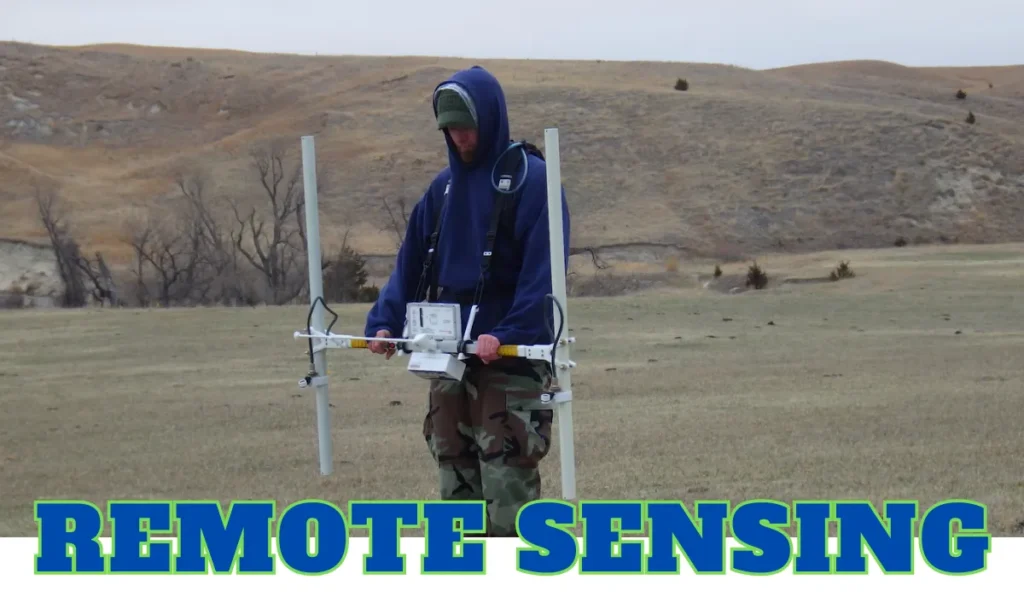
Selecting the Right Site to Excavate
Now that we’ve explored the methods, let’s consider “How do archaeologists know where to dig?” and what elements influence their choice of site:
1. Density of Artifacts:
Archaeologists know that sites with a higher concentration of artifacts are more likely to yield valuable insights into past human activities. The more artifacts they find in an area, the more clues they have about the activities and behaviors of ancient societies.
2. Size and Shape of the Site:
As an archaeologist, you’ll carefully observe the dimensions and layout of a site. The size and shape offer valuable insights into the purpose and function of the ancient settlement or structure.
3. Potential for Preservation:
Imagine standing at the edge of a site, contemplating its preservation potential. You’ll assess whether environmental conditions or intentional efforts have contributed to its well-preserved state. Sites with good preservation hold a wealth of intact artifacts and features for in-depth study.
How Do Archaeologists Excavate a Site?
Congratulations, you’ve selected the perfect site for excavation! Now, it’s time to carefully plan your dig and uncover the buried history. Here’s how archaeologists carry out the excavation process:
- Step 1 – Strategy Planning:
Before you begin digging, you’ll strategize the excavation process. You’ll decide which layers to excavate first, considering the depth and historical significance of each layer.
- Step 2 – Gentle Uncovering:
Armed with trowels, brushes, and other hand tools, you’ll gently remove layers of soil, exposing the hidden treasures beneath. Each layer will be meticulously documented to preserve its context and historical value.
- Step 3 – Artifact Recording:
As you excavate, you’ll encounter various artifacts—pottery fragments, ancient tools, and perhaps even valuable jewelry. Each artifact will be carefully recorded, photographed, and sketched to document its original position and significance.
- Step 4 – Mapping the Site:
As an archaeologist, you’ll create detailed maps of the site, showing the location of each artifact and feature. These maps will help other researchers understand the site and its historical context.
RELATED : 5 Main Archaeology Tools and Their Uses – archaeology tool kit – Must Know
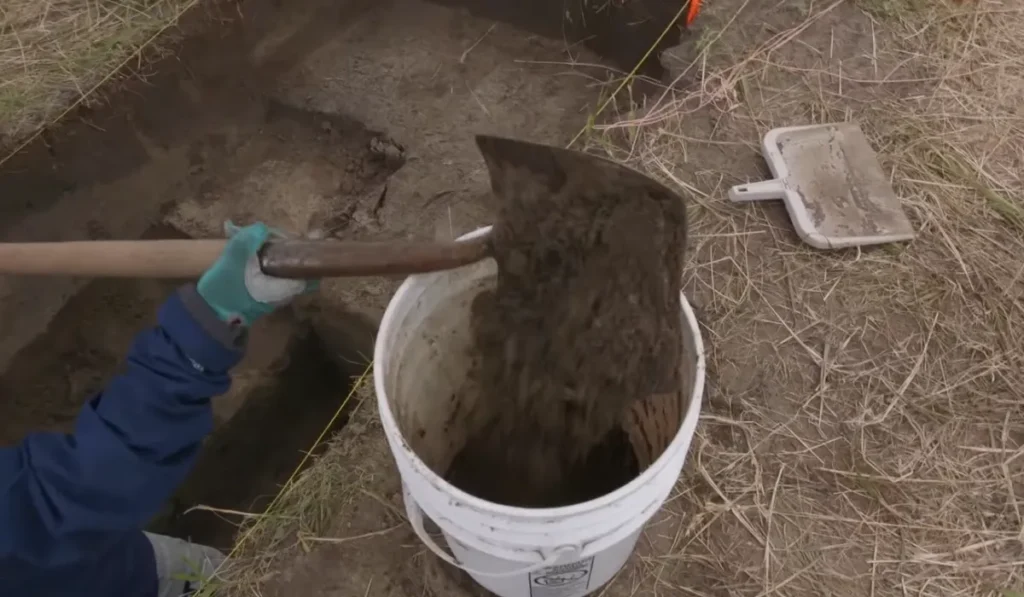
How Do Archaeologists Know When to Stop Digging?
Now, let’s consider a vital question—how do archaeologists know when to stop digging? As you delve deeper into the site, you’ll need to make informed decisions to ensure a successful excavation:
- Research Objectives:
As you progress, you’ll continually assess whether you’ve achieved your research objectives. If significant findings have been made, and your excavation has provided sufficient data, it may be time to conclude the dig.
- Ethical and Preservation Concerns:
As an archaeologist, you’ll be mindful of ethical considerations and preservation concerns. Respecting the cultural values and sensitivities of the community involved in the excavation is of paramount importance.
- Available Resources:
Practical considerations play a role too. Available resources, including funding and time, will influence the duration of the excavation.
Hope you are liking the blog and getting some insight of this question “How Do Archaeologists Know Where to Dig?”
Why Do Archaeologists Have to Dig So Deep?
You may wonder why archaeologists dig so deep during excavations. The depth of an archaeological dig depends on various factors:
- Age of the Site:
Older sites are often buried deeper due to natural processes like sediment deposition over time. Digging deeper allows archaeologists to explore different historical periods and gain a more comprehensive understanding of the site’s history.
- Depth of Artifacts:
Some artifacts may be buried deeper within the layers of the site. To unearth these treasures, archaeologists must dig deeper and carefully study each layer.

What Is the First Thing to Do When Stopping Digging? Wrapping Up and Preserving the Past
As you approach the conclusion of your excavation, the First Thing You Have To Do When you Stopped Digging is to preserve your findings and it becomes paramount:
- Documentation and Conservation:
The first thing to do when stopping the excavation is ensuring the proper documentation and conservation of all findings. You’ll meticulously record your observations, take photographs, and create detailed maps of the site. Artifacts will be carefully packaged and transported to a laboratory for further analysis and preservation.
What Problems Do Archaeologists Face When Excavating?
Archaeologists encounter various challenges during excavations, and you’ll need to address them creatively and responsibly:
- Preservation of Delicate Artifacts:
Delicate artifacts, such as ancient textiles or perishable materials, require special care to ensure their preservation.
- Protection from Environmental Damage:
Working in outdoor environments exposes artifacts to the elements. You’ll implement measures to protect the site and artifacts from environmental damage.
- Logistical Challenges:
Remote or challenging terrain can pose logistical challenges during excavations. As an archaeologist, you’ll overcome these obstacles to access and work on valuable sites.
How Long Are Archaeological Digs?
The duration of an archaeological dig varies widely based on several factors:
- Site Size and Complexity:
Larger and more complex sites may require extended periods of excavation.
- Research Objectives:
The specific research objectives will influence the duration of the dig. Complex research questions may necessitate a more prolonged excavation.
- Available Funding and Resources:
The availability of funding and resources can impact the length of the excavation.
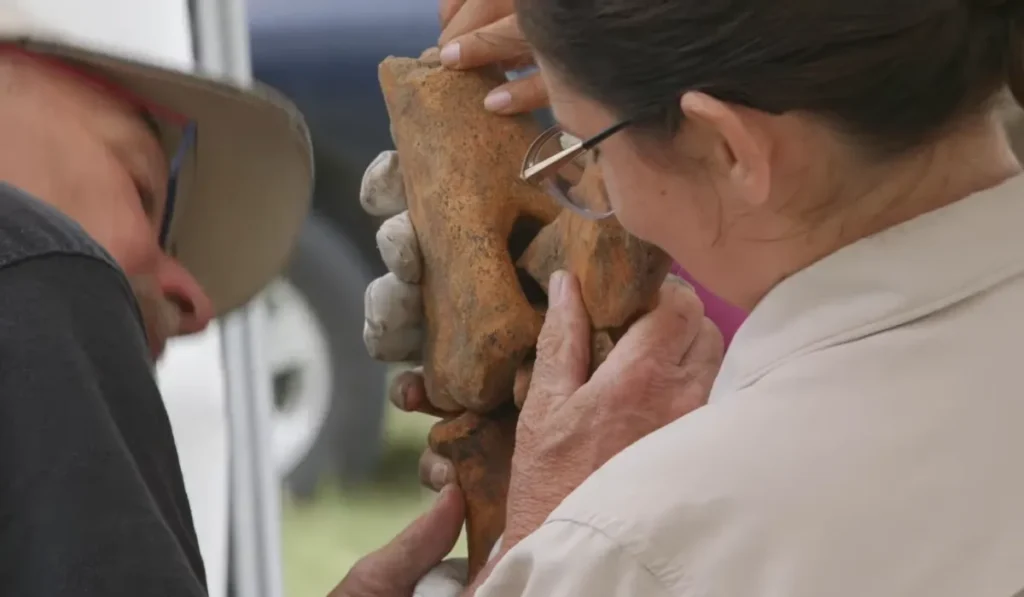
Where Do Archaeologists Work?
As an archaeologist, you’ll have the opportunity to explore a diverse range of sites:
- Historical Sites:
You may work at historical sites, examining societies with written records and unraveling recent human activities.
- Remote Locations:
Remote locations, such as ancient ruins in distant regions, may offer exciting opportunities for archaeological investigation.
- Urban Excavations:
Even within cities, urban excavations can yield fascinating discoveries about ancient civilizations.
Conclusion – Unveiling the Secrets of “How Do Archaeologists Know Where to Dig?”
Congratulations! You’ve now journeyed through the captivating world of archaeological excavation. Armed with knowledge about surface surveys, remote sensing, site selection, and excavation techniques, you understand the meticulous process of bringing ancient civilizations back to life.
As we continue to unravel the enigmas of our past, let’s remember the ethical responsibility and preservation efforts that ensure future generations will have the chance to connect with their roots and appreciate the rich tapestry of human history. Now that you know how do archaeologists know where to dig?, you can appreciate the complexity and significance of their work in unearthing the mysteries of our ancestors.
We hope at the end of this article you got some important information of this query “How Do Archaeologists Know Where to Dig?”
FAQs
Are all excavated artifacts displayed in museums?
Not all artifacts excavated by archaeologists end up in museums. Some artifacts are analyzed and stored for research purposes, while others are returned to their countries of origin as part of cultural repatriation efforts.
Can anyone become an archaeologist?
While passion for history and archaeology is essential, becoming a professional archaeologist requires academic qualifications and field experience. Many archaeologists hold advanced degrees in archaeology or related fields.
Do archaeologists only study ancient civilizations?
While archaeologists do study ancient civilizations, they also investigate more recent historical periods. Historical archaeology focuses on societies with written records, providing valuable insights into more recent human activities.
How long does an archaeological excavation typically last?
The duration of an archaeological excavation varies depending on the site’s size, complexity, research objectives, available funding, and logistical factors. Excavations can range from a few weeks to several months or even years.
Where do archaeologists work?
Archaeologists work in diverse locations, from historical sites to remote regions and even urban environments, conducting excavations and research to uncover our shared human heritage.

